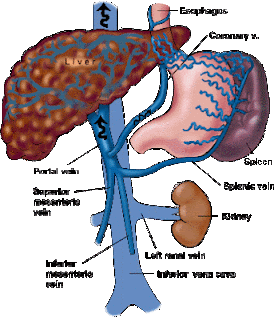What do NGTs do?
Gain access to the stomach and its contents. It will also allow for drainage and/or lavage in drug over-dosage or poisoning. In trauma settings, NG tubes can be used to aid in the prevention of vomiting and aspiration, as well as for assessment of GI bleeding. NG tubes can also be used for enteral feeding initially.
Indications
- To drain gastric contents
- To decompress the stomach
- To obtain a specimen of the gastric contents
- To introduce a passage into the GI tract.
- Treatment of gastric immobility and bowel obstruction
Contraindications
Severe facial trauma (cribriform plate disruption) - because you might insert the tube intracranially.
Precautions/Protection
High potential for contact with pt fluids. Wear gloves and face/eye protection!
Basic Needs
Personal protective equipment
NG/OG tube
Catheter tip irrigation 60ml syringe
Water-soluble lubricant, preferably 2% Xylocaine jelly
Adhesive tape
Low powered suction device OR Drainage bag
Stethoscope
Cup of water (if necessary)/ ice chips
Emesis basin
pH indicator strips
How to do it
*Directly from Univ of Ottawa's Emergency Medicine page 2003- Gather equipment
- Don non-sterile gloves
- Explain the procedure to the patient and show equipment
- If possible, sit patient upright for optimal neck/stomach alignment
- Examine nostrils for deformity/obstructions to determine best
side for insertion
- Measure tubing from bridge of nose to earlobe, then to the
point halfway between the end of the sternum and the navel
- Mark measured length with a marker or note the distance
- Lubricate 2-4 inches of tube with lubricant (preferably 2%
Xylocaine). This procedure is very uncomfortable for many patients,
so a squirt of Xylocaine jelly in the nostril, and a spray of
Xylocaine to the back of the throat will help alleviate the discomfort.
- Pass tube via either nare posteriorly, past the pharynx into
the esophagus and
then the stomach.
Instruct the patient to swallow (you may offer ice chips/water) and advance the tube as the patient swallows. Swallowing of small sips of water may enhance passage of tube into esophagus.
If resistance is met, rotate tube slowly with downward advancement toward closes ear. Do not force.
- Withdraw tube immediately if changes occur in patient's respiratory
status, if
tube coils in mouth, if the patient begins to cough or turns pretty colours
- Advance tube until mark is reached
- Check for placement by attaching syringe to free end of the
tube, aspirate sample of gastric contents. Do not inject an air
bolus, as the best practice is to test the pH of the aspirated
contents to ensure that the contents are acidic. The pH should
be below 6. Obtain an x-ray to verify placement before instilling
any feedings/medications or if you have concerns about the placement
of the tube.
- Secure tube with tape or commercially prepared tube holder
- If for suction, remove syringe from free end of tube; connect
to suction; set machine on type of suction and pressure as prescribed.
- Document the reason for the tube insertion, type & size of tube, the nature and amount of aspirate, the type of suction and pressure setting if for suction, the nature and amount of drainage, and the effectiveness of the intervention.
Source: Univ of Ottawa's Emergency Medicine page 2003












